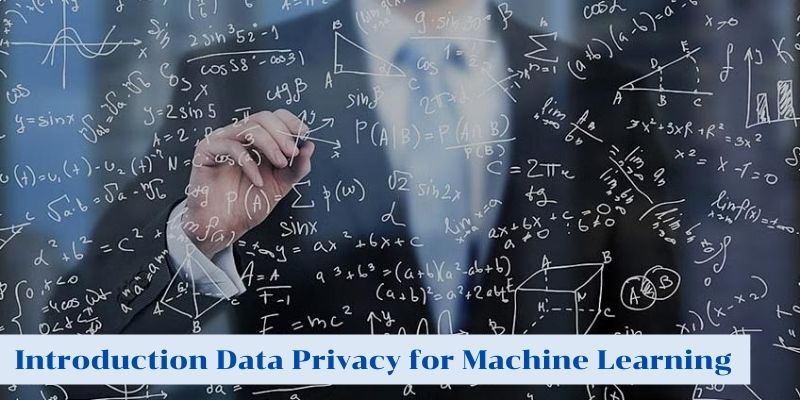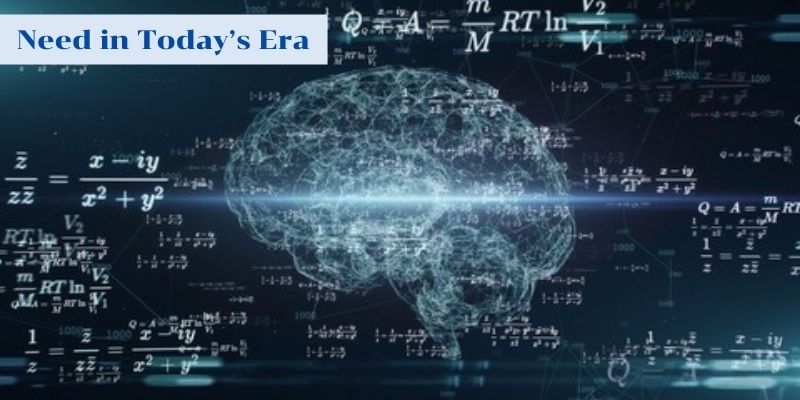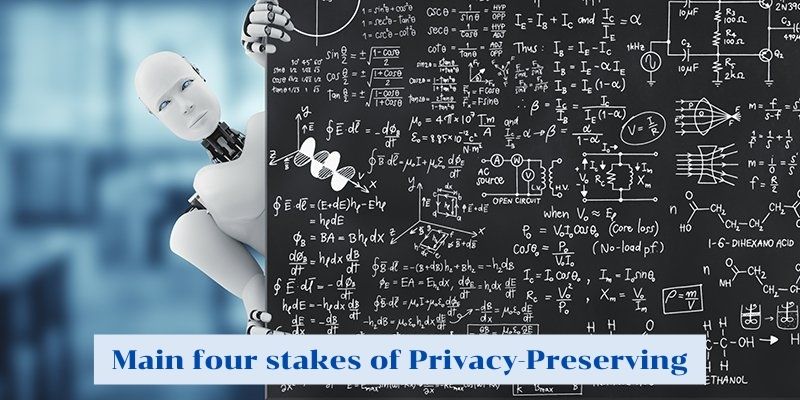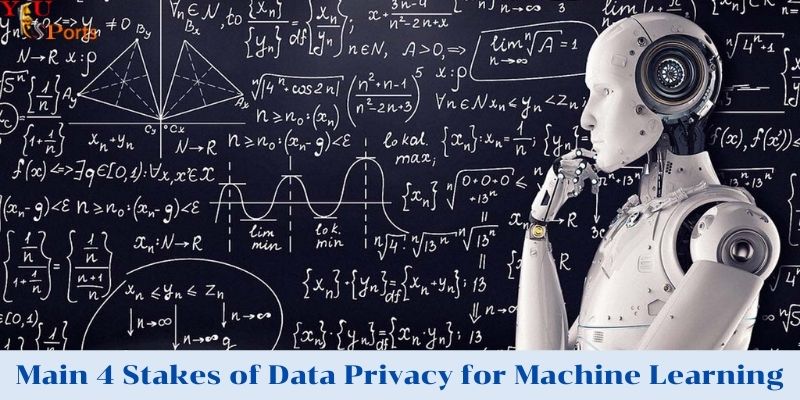Productivity gains from data privacy for machine learning (ML) are very possible. The data quality for training ML models must be excellent in order to produce good results. Any ML algorithm can only function effectively when given a large amount of excellent training data. Several organizations work together to obtain such high-quality data.
It is crucial to uphold data privacy for machine learning, confidentiality, and profit-sharing while we are obtaining data from other businesses. You will have a thorough understanding of how and why PPML (Privacy-preserving machine learning) has become crucial as businesses move to cloud settings or collaborate. In this article, yeuesports.com will discuss main 4 stakes of data privacy for machine learning.
Introduction Data Privacy for Machine Learning
Massive data collection is an essential component of Artificial Intelligence (AI) methods, and Machine Learning (ML), the core component of AI, leverages this data to build predictive models. The procedures of collecting data and using it to look for patterns in data behavior, however, are two different things. Additionally, it comes with a number of challenges that must be overcome by an individual or an organization, including privacy issues like data breaches, monetary loss, and reputational damage.

Privacy-preserving machine learning was developed to close the gap between maintaining privacy and getting the benefits of machine learning. It is an essential tool for adhering to data privacy rules and privatizing collected data. In this article, the fundamental concepts of privacy-preserving machine learning are presented. This article demonstrates how to overcome issues by combining machine learning and privacy techniques. Take a peek at some of the available tools. The goal of this essay is to fully explain privacy-preserving machine learning for a variety of applications.
What is PPML?
A methodical approach to preventing data leaking in machine learning algorithms is privacy-preserving machine learning. As shown in the following Figure, PPML enables a variety of privacy-enhancing techniques to enable different input sources to train ML models collaboratively without disclosing their private data in its original form.
Need in Today’s Era
There is always a risk to data privacy when using machine learning systems, such as when using them for intrusion detection or healthcare. Data leaks and cyberattacks are happening more frequently and costing more money to stop. Because they can steal information that can be used to identify persons or other valuable information that can be sold, cybercriminals are drawn to vast amounts of data kept for training purposes.
Additionally, ML models themselves are vulnerable because it is possible to extract sensitive data from them. For instance, a study shows how to determine whether a record was included in the training dataset for a specific ML model. They tested their approach using machine learning algorithms from Amazon and Google Cloud, and the results were 74% and 94% accuracy, respectively.

Protecting personally identifiable information (PII), or information that may be used to identify a specific person, is a significant issue in this situation. Companies must adhere to a number of data protection regulations, such as the General Data Protection Regulation (GDPR) in Europe, in addition to protecting PII from potential leaks. The consequences of violating the GDPR could be severe.
Cyberattacks risk having negative legal, financial, and reputational repercussions for the businesses collecting the data as well as the end-users to whom the data relates. Because additional quasi-identifiers may be used to pin down a single person in the dataset, it would not be sufficient to just delete PII from a dataset, such as names and addresses. For instance, William Weld, the governor of Massachusetts, was re-identified in a study by Latanya Sweeney using seemingly anonymised health data records that only included his birth date, gender, and ZIP code.
To overcome these difficulties, ML makes an effort to maintain data privacy by including a variety of data privacy-preserving methods. These methods include machine learning-specific methods like federated learning, homomorphic encryption, and perturbation techniques like differential privacy and multi-party computing.
Main four stakes of Privacy-Preserving

1 Data Privacy in Training (Data privacy for machine learning)
the guarantee that the training data won’t be reverse-engineered by a malicious party. Recent research has shown that reconstructing training data and reverse-engineering models is not as difficult as one might think, despite the fact that gathering information about training data and model weights is slightly more challenging than gathering information from plain-text (the technical term for unencrypted) input and output data.
The speed at which generative sequence models (such as character language models) may learn unexpected information from a training set is calculated in the paper. A character language model is trained by Carlini and Wagner using the Penn Treebank with the “secret” that “the random number is ooooooooo,” where ooooooooo is a (fake) social security number. They show how it may be advantageous for them to discover a secret they have kept inside their own copy of the Penn Treebank Dataset (PTD). By training a character language model on 5% of the PTD, they are able to determine how much memory is present in the network. Memorization is at its best when the test set loss is at its lowest. At this point, the secret is well known.
2 Privacy in Input (Data privacy for machine learning)
the guarantee that a user’s input data won’t be visible to outside parties, including the model developer.
3 Privacy in Output (Data privacy for machine learning)
the guarantee that only the client whose data is being inferred upon can access a model’s output.
4 Model Privacy (Data privacy for machine learning)
the guarantee that the model won’t be stolen by an adversary. Many companies provide developers predictive skills through APIs or, more recently, software that can be downloaded, and AI models may be their main source of revenue. Model privacy is the last of the four stakes to be examined and is vital to both user and business interests. Companies won’t be motivated to develop novel products or spend money improving AI skills (an act that is difficult to research) if their rivals can easily copy their models.
Machine learning models are the primary intellectual property and products of many businesses; as a result, having one stolen can have detrimental financial effects. Additionally, a model’s outputs can be used to directly steal or reverse-engineer it.
